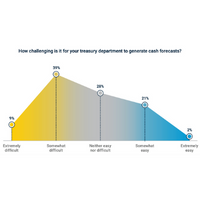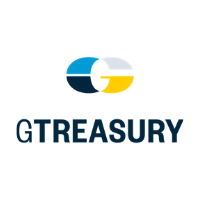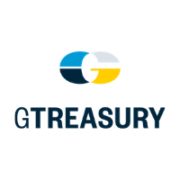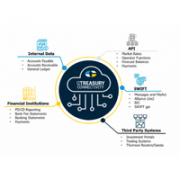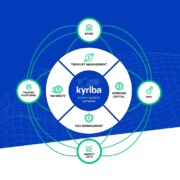Survey says: Treasurers Want More Accurate Cash Forecasting
28-03-2022 | treasuryXL | Gtreasury | LinkedIn |
Modernization is quickly coming to cash forecasting. Corporate treasury teams are accelerating their embrace of new technology strategies and are refining existing methods to introduce greater automation, efficiency, and accuracy. The trend has undoubtedly been spurred by the pandemic, during which treasurers have sought greater access to data in order to optimize cash management – as best they could – during periods of relative uncertainty.
In the recently released Cash Forecasting & Visibility Survey undertaken by treasury analysis firm Strategic Treasurer, nearly 250 professionals from across the global treasury ecosystem weighed in on their current and future state of cash forecasting. The results paint a picture of an industry with an acute demand for faster forecasting and real-time global cash positioning, a growing appetite for emerging AI/ML technology, and plans for heavy spending to realize more rapid and accurate forecasting processes.
The report is worth a read in full, but here are four of the biggest takeaways for treasurers:
1. Low-tech cash forecasting is still being widely used, but high-tech is the far more popular choice.
The vast majority of treasury teams still use traditional (and very manual) forecasting tools. Ninety-one percent of respondents report using Excel as one of their forecasting tools. In comparison, one-quarter have a treasury management system (TMS) in place, and 28% use ERP systems. Fifteen percent use financial reporting and analysis (FR&A) or budgeting tools to assist in their forecasts, and just 5% use a dedicated forecasting platform.
While Excel is the leading forecasting tool by usage, it clearly lags in making treasurers happy. Fifty-seven percent of those utilizing a TMS or ERP are satisfied with their tooling, while just 42% of Excel users say the same.
Variance analysis is another task requiring heavy manual effort from treasury teams. Fifty-seven percent of respondents say that their variance analysis activities are fully manual, and another 19% report significant manual activities. One-fifth of companies only avoid this manual effort by performing no variance analysis whatsoever. The remaining 5% of respondents utilize variance analysis that’s backed by fully-automated processes.
2. Cash forecasting is a major priority, receiving major investments.
Fifty-nine percent of treasurers believe that the importance of cash forecasting will increase in 2022, with 27% saying it will become significantly more important. At the same time, nearly half of respondents say they currently have an “extremely difficult” time generating forecasts.
As a result of this unfulfilled need, 35% of treasury and finance departments report plans for extremely heavy spending on technology for treasury systems and cash forecasting capabilities. Forty-one percent plan to focus significant spending on treasury systems in the next year, while 40% plan similarly significant spending on cash forecasting. Additionally, respondents reported heavy technology spending plans that specifically focus on bank account management (33%), reconciliation (28%), payments (28%), and cash reporting (27%).
3. AI/ML-powered cash forecasting will increase over 400% in the next two years.
While just 6% of respondents currently use AI/ML technology to power cash forecasting, their reported plans indicate that within two years that number will reach 27%. Further out than two years, that jumps to 51%.
Respondents also indicate a similarly bright trajectory for regression analysis: 12% use it currently, projected usage will grow to 29% in two years, and 43% use or expect to use it in the future.
4. Forecasts peer further forward in time (and treasurers would forecast even more, given the time and tools).
Respondents report increasing the frequency of their cash forecasting: 55% now forecast either weekly or daily. Forecasts extend to a more distant time horizon as well, with a plurality of 39% of respondents now looking ahead six months or more, and another 35% forecasting between two and five months out.
Respondents also expressed a greater appetite for cash forecasting than what their current tools and time requirements can feed. If available, 64% of respondents would invest more time to improve the accuracy of their forecasting. Forty-six percent would use extra time to perform variance analysis. One-quarter would increase both the frequency and outlook of their forecasts.
The upshot: Treasurers are in hot pursuit of better cash forecasting capabilities.
The survey’s findings are beads strung along a common thread: treasury teams recognize and demand the benefits of more efficient and effective cash forecasting. With investments in TMS, ERP, AI/ML, regression analysis tools and more, many treasurers are already pursuing new strategies and spending what it takes to place the strategies and technologies they require at their command.

